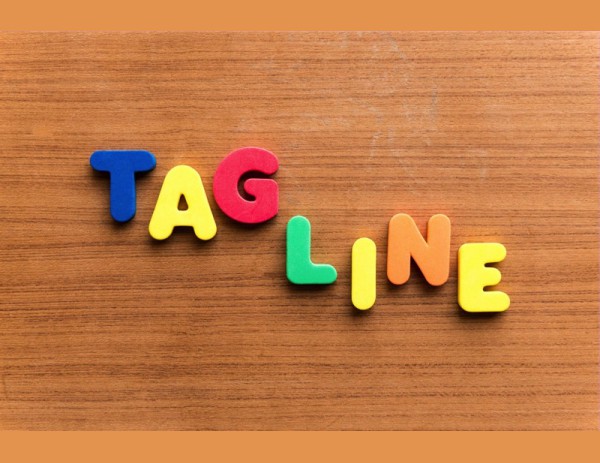
Co-branding: Advantages and Features
What is Co-branding?
Co-branding is a marketing strategy where two brands collaborate, usually to create a new joint product. According to a survey, 71% of consumers respond positively to co-branded products and trust their quality. A well-known example is McDonald's McFlurry, developed in collaboration with Oreo and M&M's.

This is an instance where two brands (McDonald's and Oreo or McDonald's and M&M's) have teamed up to create a unique product for their customers.
Advantages of Co-branding
- Expands Brand Reach – Co-branding helps reach a broader audience by collaborating with a brand of similar standing. This advantage makes product promotion easier as both brands combine their strengths and resources towards a common goal.
- Enhances Brand Credibility – Partnering with a trusted brand automatically increases the credibility of your own. However, it's crucial to carefully choose your collaborators to avoid associations that could negatively impact your reputation.
- Boosts Sales – Co-branding can significantly enhance product sales. According to the survey mentioned earlier, 43% of consumers would try a co-branded product if they already like one of the brands involved. This effect doubles the potential audience and interest in the product.
- Reduces Marketing Costs – When two brands work together on a new product launch, marketing expenses are typically lower since both brands share the costs.
If co-branding interests you, consider collaborating with other brands. Make a list of potential partners that would be a good fit for cooperation, and BrandOn will be there to guide you through this exciting journey.


